-
 Bitcoin
Bitcoin $118900
-2.33% -
 Ethereum
Ethereum $4288
-0.13% -
 XRP
XRP $3.151
-3.21% -
 Tether USDt
Tether USDt $1.000
0.02% -
 BNB
BNB $809.5
-1.17% -
 Solana
Solana $175.7
-4.75% -
 USDC
USDC $0.0000
0.01% -
 Dogecoin
Dogecoin $0.2246
-5.75% -
 TRON
TRON $0.3473
2.19% -
 Cardano
Cardano $0.7809
-5.18% -
 Chainlink
Chainlink $21.38
-3.48% -
 Hyperliquid
Hyperliquid $43.29
-5.53% -
 Stellar
Stellar $0.4375
-3.21% -
 Sui
Sui $3.685
-6.68% -
 Bitcoin Cash
Bitcoin Cash $595.2
3.50% -
 Hedera
Hedera $0.2483
-6.60% -
 Ethena USDe
Ethena USDe $1.001
-0.01% -
 Avalanche
Avalanche $23.03
-5.28% -
 Litecoin
Litecoin $119.5
-5.02% -
 Toncoin
Toncoin $3.395
-0.07% -
 UNUS SED LEO
UNUS SED LEO $9.007
-1.19% -
 Shiba Inu
Shiba Inu $0.00001304
-5.44% -
 Uniswap
Uniswap $11.35
1.57% -
 Polkadot
Polkadot $3.898
-5.43% -
 Cronos
Cronos $0.1671
-0.16% -
 Ethena
Ethena $0.8121
-2.45% -
 Dai
Dai $1.000
0.02% -
 Bitget Token
Bitget Token $4.412
-1.73% -
 Monero
Monero $264.0
-0.64% -
 Pepe
Pepe $0.00001128
-8.12%
What are the API restrictions of OKX?
OKX's API has rate limits, IP restrictions, and granular permission controls to prevent abuse and ensure secure access. Proper key management and understanding authentication methods are crucial.
Feb 28, 2025 at 11:54 pm
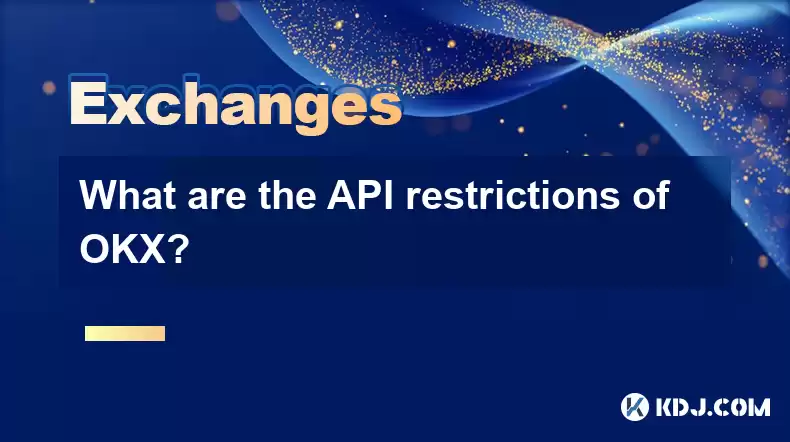
What are the API Restrictions of OKX?
Key Points:
- Rate Limits: OKX imposes rate limits on API requests to prevent abuse and ensure fair access for all users. These limits vary depending on the specific API endpoint and the user's API key tier. Exceeding these limits can result in temporary or permanent suspension of API access.
- IP Address Restrictions: OKX may restrict API access based on the IP address from which the requests originate. This is a security measure to prevent unauthorized access and protect user accounts. Changes in IP address may require re-authentication or verification.
- API Key Management: Secure API key management is crucial. OKX provides tools and best practices for managing API keys, including generating new keys, revoking old keys, and setting IP whitelists. Failure to follow these best practices can lead to compromised accounts and potential losses.
- Data Restrictions: OKX may limit the amount of data returned by API calls, particularly for historical data. This is to manage server load and ensure efficient operation of the API. Users should be aware of these limitations when designing their trading strategies or applications.
- Permissions: OKX allows for granular control over API permissions. Users can specify the exact functionalities their API keys can access, minimizing the risk of unauthorized actions. This includes restrictions on trading, withdrawals, and account information access.
- Authentication: Robust authentication methods are essential. OKX utilizes various authentication methods to verify API requests, preventing unauthorized access and maintaining the security of user accounts. Understanding and correctly implementing these methods is vital.
- Rate Limits:
OKX employs a sophisticated rate-limiting system to manage the volume of API requests it receives. This is crucial for maintaining the stability and responsiveness of their platform, preventing denial-of-service attacks, and ensuring fair access for all users. The specific rate limits vary depending on several factors:
- API Endpoint: Different API endpoints have different rate limits. Endpoints used for high-frequency trading or data-intensive operations often have stricter limits than those used for less demanding tasks. For instance, the endpoint for placing orders might have a lower limit per second than the endpoint retrieving account balance. Understanding these variations is critical for building robust and reliable applications. Exceeding the limits for a specific endpoint can result in temporary blocks, forcing your application to pause its requests for a specified duration before resuming. This temporary block is a crucial mechanism to prevent overwhelming the OKX servers. The duration of the block typically scales with the severity of the rate limit violation.
- API Key Tier: OKX may offer different tiers of API keys, each with varying rate limits. Higher tiers, often associated with higher trading volumes or more demanding applications, generally come with higher rate limits. This tiered approach allows OKX to cater to the diverse needs of its users, from individual traders to institutional investors employing high-frequency algorithms. Choosing the appropriate API key tier is vital for optimizing your application's performance and avoiding unnecessary rate limit issues. Contacting OKX support to discuss your specific needs and request an upgrade to a suitable tier is advisable if you anticipate exceeding the limits of your current tier.
- Authentication Method: The authentication method employed can influence the rate limits. More secure authentication methods might involve slightly more processing time per request, potentially affecting the overall request rate allowed. OKX’s documentation should clarify if different authentication methods have different rate limit implications. This detail is crucial for developers to optimize their application's efficiency and avoid unnecessary rate limit hits.
- IP Address Restrictions:
OKX’s API security measures include restrictions based on the originating IP address of API requests. This is a vital security practice designed to prevent unauthorized access and protect user accounts from malicious activities. Any API request originating from an IP address not previously authorized for a specific API key will be rejected. This prevents unauthorized individuals from accessing your account even if they somehow obtain your API key. Understanding this restriction is crucial for deploying your applications and ensuring consistent API access. The IP address restriction is typically managed through an IP whitelist, allowing you to specify the IP addresses from which your API key is permitted to make requests.
- Managing IP Address Changes: If you need to change the IP address from which your application accesses the OKX API (e.g., due to a change in network infrastructure or server location), you must update your IP whitelist accordingly. Failure to do so will result in API request rejections. OKX typically provides a mechanism within their API management console to manage and update your IP whitelist. Regularly reviewing and updating your IP whitelist is a crucial part of maintaining secure API access. This is especially important for applications deployed on cloud infrastructure, where IP addresses can change dynamically.
- API Key Management:
Secure API key management is paramount for protecting your OKX account. Compromised API keys can lead to unauthorized trading, withdrawals, and account takeover. OKX provides tools and best practices to help users manage their API keys effectively. These include:
- Generating New Keys: Regularly generating new API keys is recommended. This limits the potential damage if a key is compromised. By revoking old keys and using fresh ones, you reduce the window of vulnerability. OKX's API management console typically allows you to generate new keys easily, often with the ability to specify the permissions granted to each key. This granular control allows you to restrict the access rights of each key, minimizing the impact of a compromise.
- Revoking Old Keys: Always revoke API keys that are no longer needed. This prevents them from being used for unauthorized access, even if they fall into the wrong hands. OKX typically provides a mechanism within its API management interface to revoke API keys permanently. This simple act is a vital security measure that significantly reduces the risk of unauthorized access. A best practice is to keep a detailed record of all generated API keys, along with their associated permissions and revocation dates.
- Setting IP Whitelists: As discussed earlier, configuring an IP whitelist is essential to restrict API access to authorized IP addresses. This adds an extra layer of security to your API keys. By combining IP whitelisting with regular key generation and revocation, you create a robust security posture for your OKX API interactions.
- Data Restrictions:
OKX may impose limits on the amount of data returned by API calls, particularly for historical data requests. These limits are implemented to manage server load and ensure that the API remains responsive for all users. Exceeding these limits can result in incomplete data sets or API request failures. Understanding these limitations is crucial for designing efficient data retrieval strategies.
- Historical Data: When requesting historical data, be mindful of the limits imposed by OKX. Consider breaking down large requests into smaller, more manageable chunks. This approach allows you to retrieve the required data without exceeding the API's data limits. The specific limits for historical data requests are usually documented in OKX’s API documentation. Familiarize yourself with these limits to avoid unexpected failures or incomplete datasets.
- Data Formatting: The format in which you request data can also impact the amount of data returned and the potential for exceeding limits. Choosing efficient data formats can reduce the volume of data transferred, minimizing the likelihood of hitting data restrictions. Optimizing your data requests can significantly improve the efficiency of your application.
- Permissions:
OKX provides granular control over API permissions. When creating an API key, you can specify the exact functionalities that key can access. This allows you to restrict access to only the necessary features, minimizing the potential damage if the key is compromised.
- Trading Permissions: You can grant or deny permission for the API key to execute trades. This is a critical security measure. By restricting trading permissions to only specific keys used by your trusted trading applications, you significantly reduce the risk of unauthorized trades. Careful consideration of which API keys have trading privileges is vital.
- Withdrawal Permissions: Similarly, you can control whether an API key can initiate withdrawals. Restricting withdrawal permissions to specific keys, perhaps only used by authorized personnel, is a crucial security step. This prevents unauthorized access to your funds. Only grant withdrawal permissions to keys used for automated processes that you have complete trust in.
- Account Information Access: You can also limit access to account information. This granular control allows you to restrict the amount of sensitive information accessible through the API. This further protects your account from potential compromises. Only grant access to account information to keys absolutely requiring this level of access.
- Authentication:
OKX employs robust authentication methods to verify API requests and prevent unauthorized access. Understanding and correctly implementing these methods is vital for secure API usage.
- API Key and Secret: The most common method is using an API key and secret. These credentials are unique to each API key and should be treated as highly confidential. Never share your API key and secret with anyone. Store them securely, preferably using a secure secrets management system.
- Signature-Based Authentication: OKX likely utilizes signature-based authentication, requiring you to digitally sign your API requests to prove their authenticity. This adds an extra layer of security, preventing unauthorized requests even if an attacker obtains your API key. Proper implementation of signature-based authentication is crucial for securing your API interactions. Refer to OKX’s API documentation for detailed instructions on implementing signature-based authentication.
- IP Whitelisting (as discussed above): Combining IP whitelisting with API key and secret authentication significantly enhances the security of your API access.
FAQs:
Q: What happens if I exceed OKX's API rate limits?
A: Exceeding OKX's API rate limits will result in your API requests being temporarily blocked. The duration of the block depends on the severity of the violation. Repeated or severe violations can lead to permanent suspension of your API access.
Q: How do I manage my OKX API keys securely?
A: Secure API key management involves regularly generating new keys, revoking old keys, using strong passwords, and storing your keys securely, ideally using a dedicated secrets management system. Never share your API keys with anyone.
Q: Can I change my IP address without affecting my API access?
A: No. If you change your IP address, you'll need to update your IP whitelist in the OKX API management console to allow requests from your new IP address. Failure to do so will result in your API requests being rejected.
Q: What are the different permissions I can set for my OKX API keys?
A: You can set granular permissions for your API keys, controlling access to trading, withdrawals, and various account information. This allows you to tailor the access level of each key to its specific purpose, minimizing the risk of unauthorized actions.
Q: What authentication methods does OKX use for its API?
A: OKX uses a combination of API key and secret authentication, likely supplemented by signature-based authentication for enhanced security. You must implement these methods correctly to ensure your API requests are accepted.
Q: Where can I find more detailed information about OKX's API restrictions?
A: Refer to the official OKX API documentation for comprehensive details on rate limits, permissions, authentication methods, and other restrictions. This documentation provides the most up-to-date and accurate information.
Disclaimer:info@kdj.com
The information provided is not trading advice. kdj.com does not assume any responsibility for any investments made based on the information provided in this article. Cryptocurrencies are highly volatile and it is highly recommended that you invest with caution after thorough research!
If you believe that the content used on this website infringes your copyright, please contact us immediately (info@kdj.com) and we will delete it promptly.
- Dogecoin, Presale, Surge: Riding the Meme Coin Wave
- 2025-08-12 11:10:12
- Dogecoin, Tron, and the ROI Reality Check: What's a Crypto Investor to Do?
- 2025-08-12 11:15:12
- Ethereum Layer-2 Scaling Competition Heats Up as ETH Breaks $4K
- 2025-08-12 10:30:12
- China Regulation, Stablecoins, and BNB Presale: Navigating the Crypto Landscape
- 2025-08-12 11:30:12
- Meme Coins, Investment, and Token Burns: What's Hot in 2025?
- 2025-08-12 10:30:12
- BlockDAG, Chainlink, Hedera: The Cryptos Enterprises are Eyeing
- 2025-08-12 09:30:12
Related knowledge
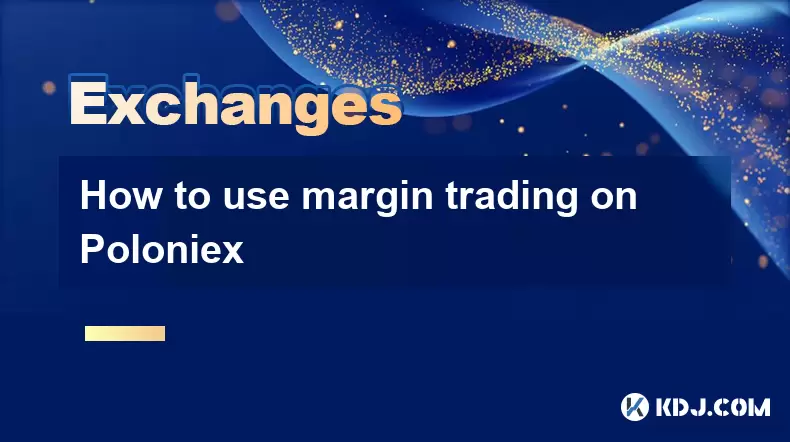
How to use margin trading on Poloniex
Aug 08,2025 at 09:50am
Understanding Margin Trading on Poloniex
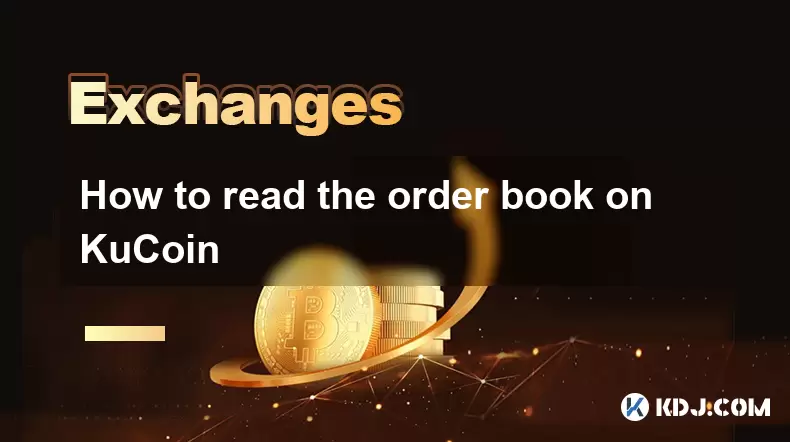
How to read the order book on KuCoin
Aug 10,2025 at 03:21pm
Understanding the Order Book Interface on KuCoinWhen accessing the order book on KuCoin, users are presented with a real-time display of buy and sell ...
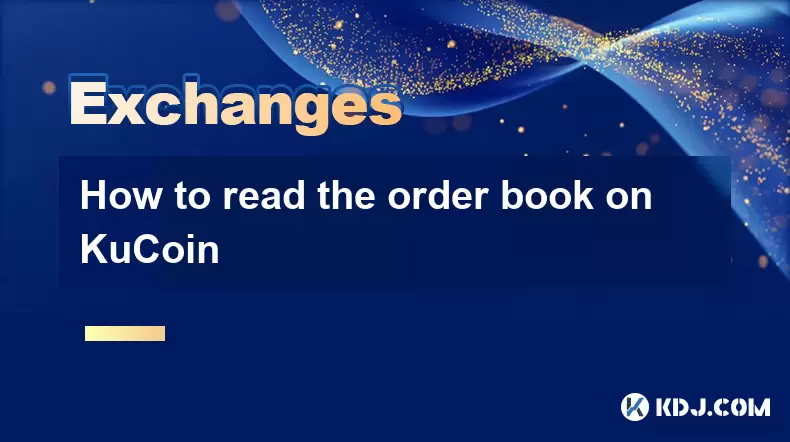
How to read the order book on KuCoin
Aug 12,2025 at 02:28am
Understanding the Basics of Staking in CryptocurrencyStaking is a fundamental concept in the world of blockchain and cryptocurrencies, particularly wi...
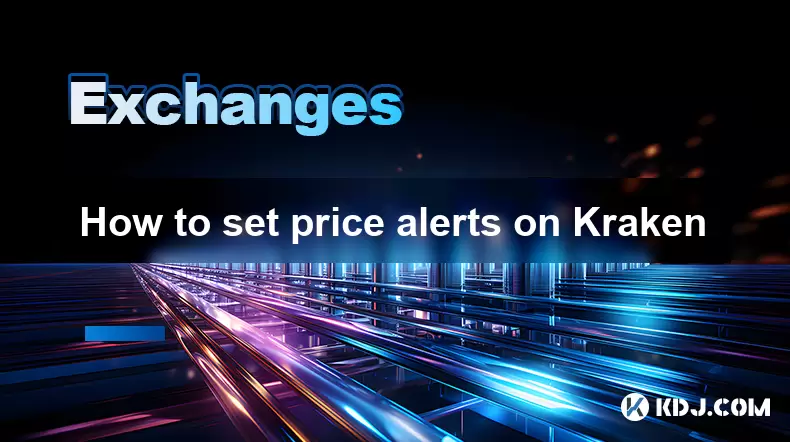
How to set price alerts on Kraken
Aug 11,2025 at 08:49pm
Understanding Price Alerts on KrakenPrice alerts on Kraken are tools that allow traders to monitor specific cryptocurrency pairs for price movements. ...
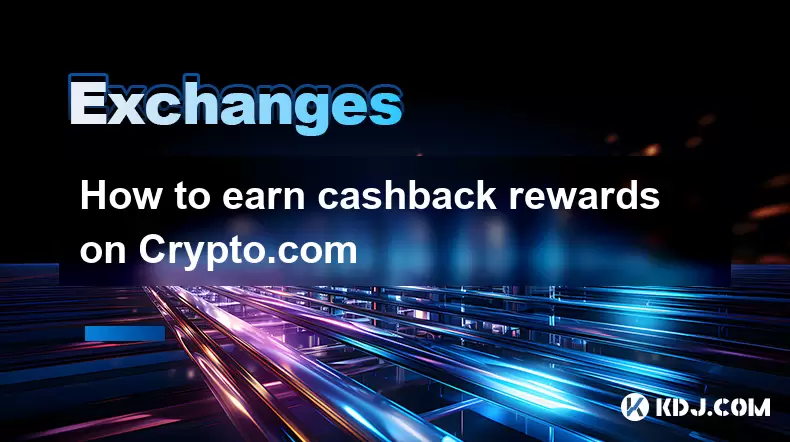
How to earn cashback rewards on Crypto.com
Aug 12,2025 at 02:08am
Understanding Cashback Rewards on Crypto.comCashback rewards on Crypto.com are a feature designed to incentivize users to spend using their Crypto.com...
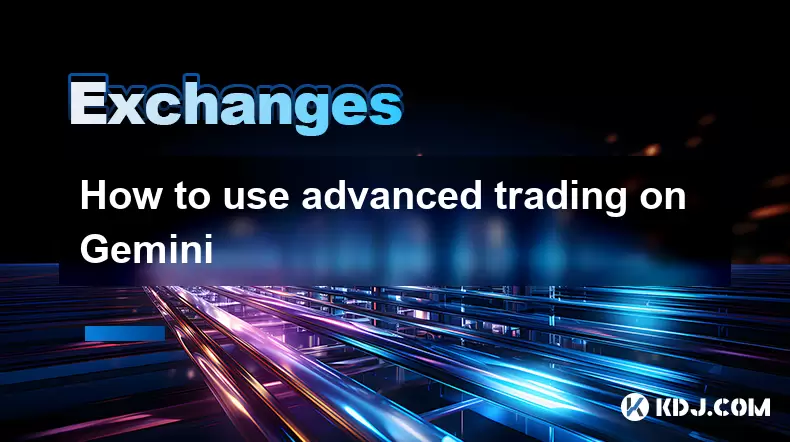
How to use advanced trading on Gemini
Aug 08,2025 at 04:07am
Understanding Advanced Trading on GeminiAdvanced trading on Gemini refers to a suite of tools and order types designed for experienced traders who wan...

How to use margin trading on Poloniex
Aug 08,2025 at 09:50am
Understanding Margin Trading on Poloniex

How to read the order book on KuCoin
Aug 10,2025 at 03:21pm
Understanding the Order Book Interface on KuCoinWhen accessing the order book on KuCoin, users are presented with a real-time display of buy and sell ...

How to read the order book on KuCoin
Aug 12,2025 at 02:28am
Understanding the Basics of Staking in CryptocurrencyStaking is a fundamental concept in the world of blockchain and cryptocurrencies, particularly wi...

How to set price alerts on Kraken
Aug 11,2025 at 08:49pm
Understanding Price Alerts on KrakenPrice alerts on Kraken are tools that allow traders to monitor specific cryptocurrency pairs for price movements. ...

How to earn cashback rewards on Crypto.com
Aug 12,2025 at 02:08am
Understanding Cashback Rewards on Crypto.comCashback rewards on Crypto.com are a feature designed to incentivize users to spend using their Crypto.com...

How to use advanced trading on Gemini
Aug 08,2025 at 04:07am
Understanding Advanced Trading on GeminiAdvanced trading on Gemini refers to a suite of tools and order types designed for experienced traders who wan...
See all articles

























































































